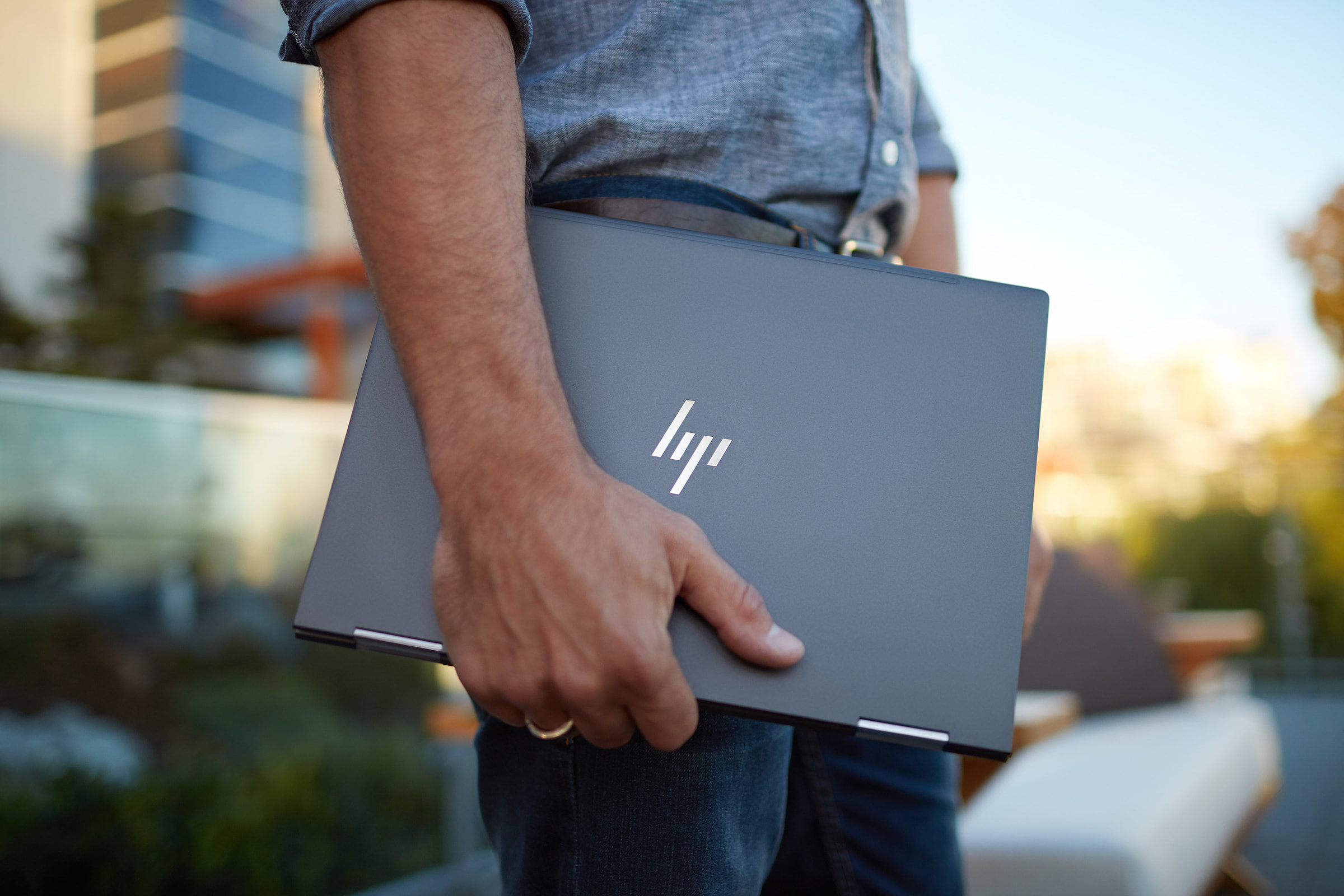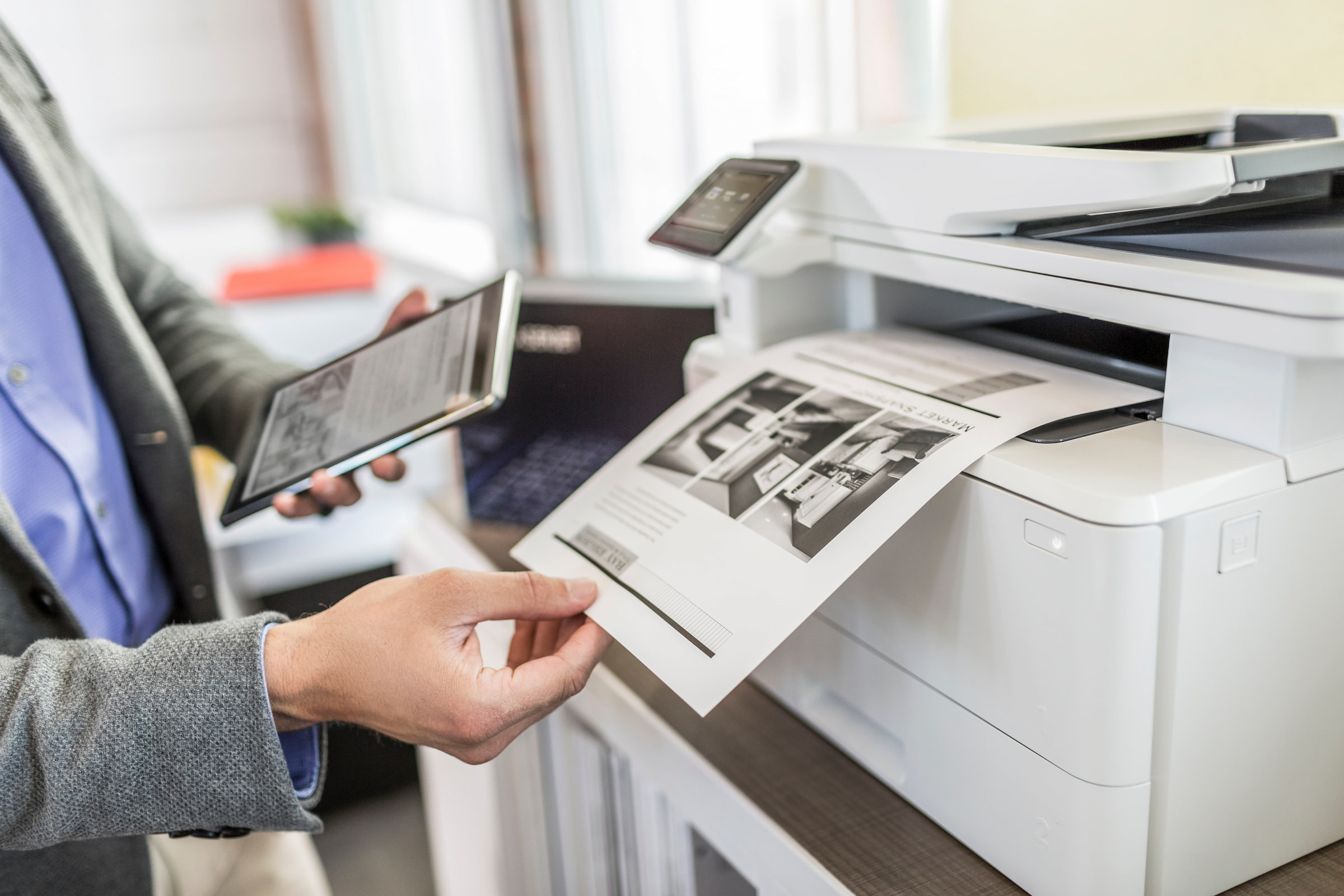Despite early forecasts of print’s terminal decline post-Covid, volumes have remained high in the office and at home, exposing the workplace’s continuing reliance on paper-based processes.
On the road to digital transformation, print services are still very much in demand. In fact, over three-quarters (77%) of organisations maintain that print is fairly or very important to their business. But how can this trend be squared with the global drive towards sustainable, digitised workplace environments?
The answer lies within the print industry itself – particularly its ability to innovate beyond a legacy mindset and flex towards modern, hybrid workplace solutions. Managed Print Services (MPS) are rapidly emerging as enablers for digital progression, creating workflows that blend digital and printed approaches in a smooth and scalable way. As such, a solution exists that seamlessly combines the best parts of the ‘old’ office favourites with new, cloud-based applications - all into a single point of delivery.
Printing post-crisis
Although working practices were already evolving pre-Covid, rapidly accelerated digital transformation and the shift to hybrid working due to the pandemic has thrown a harsh spotlight on the UK’s established print industry. On the surface, the rise of cloud computing, and the subsequent drop in physical print volumes in some office environments, signals the decline of the traditional office print setup.
The growing trend towards sustainable workplace practices – largely driven by a new, environmentally conscious generation of workers aged 16-24 – raises further questions about the viability of print in 2022 and beyond. At a time when office print values remain uncertain, the pressure is on the industry to position itself to recapture its relevance with customers.
However, a closer look reveals that print is alive and kicking – just in different ways. HP’s Instant Ink service has doubled its subscriber count since the pandemic and now boasts over 10 million customers, who pay a monthly fee to receive automatic shipments of ink. Furthermore, as offices gradually reopen to staff, rising volumes of print have been observed in many workplaces. These trends point towards the shape of the hybrid workplace of the future, signalling the evolving role of physical print in both office and home working environments.
So, how can office print industry players adapt to this new normal? Accelerated technology changes inevitably bring a shift in customer expectations, meaning that MPS providers must seize the opportunity to offer broader and more interconnected workplace services.














































